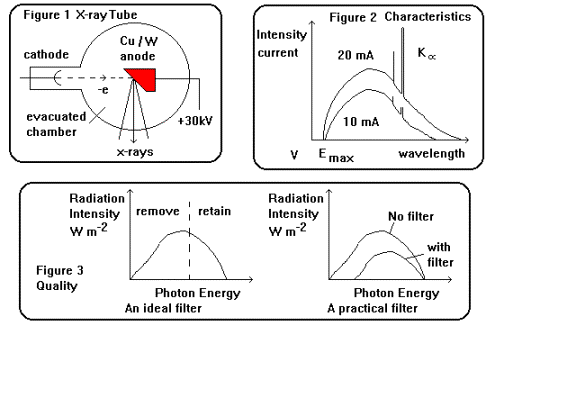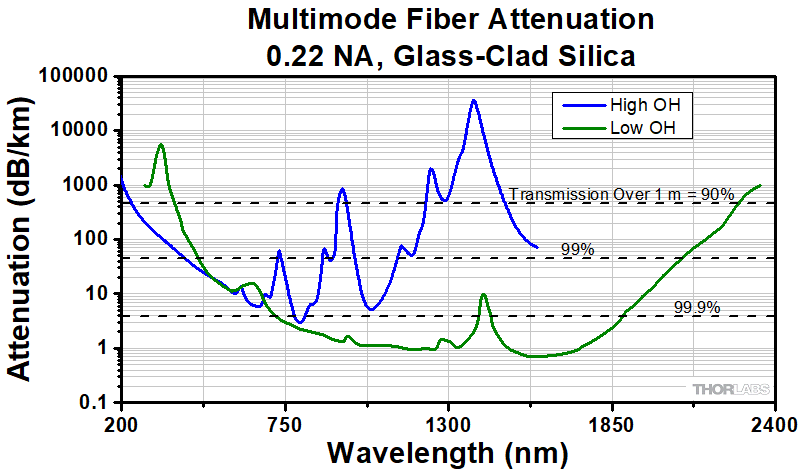


Kuzichev, Theory of Optical Systems, Mashinostroenie, Moscow (1992), 3rd ed. Gulyayev, “Cladding modes of fiber light guides, their properties, and application,” Uzp. Mityurev, et al., “Methods of calibration of high-resolution optical reflectometers functioning in a frequency band,” Izmer. Kravtsov, et al., Measurement in Research and Industry: XXI IMEKO World Congress, Prague, Czech Republic (2015). Let us look at solutions for u(V ) and the deduced normalized propagation constant b(V ). However, it is observed in real fibers that the LP 11 mode ceases to propagate over macroscopic distances at a wavelength that is typically shorter than the theoretical cut-off wavelength. Number of modes, propagation constants and cut-off frequencies. Ivanov, et al., “Standards base of the All-Russia Research Institute of Optophysical Measurements in the field of fiber-optic information transmission systems,” Foton-Ekspress, No. The theoretical cut-off wavelength in this case is determined by V2.405. The other challenging parameter ‘Material Dispersion’ gets reduced to ‘Zero’ at 1.27 m wavelengths for conventional pure silica. The most attractive wavelength for optical fiber communication is 1.55 m, as it represents the lowest loss. The precision characteristics of the newly developed apparatus are analyzed and a quantitative assessment of the measurement error is obtained.Ī. The Optical Fiber-based communication system has established its proficiency and inevitability towards regular progress and advancement worldwide. The measurements are performed on the basis of the reference bending method described in GOST R MEK 6-2013.

A model of a new high-precision apparatus for measurement of the cut-off wavelength of an optical fiber is proposed. fiber parameters can be expressed in terms of V, such as: the number of modes at a given wavelength, mode cut off conditions, and propagation constants. Methods of measuring the cut-off wavelength of an optical fiber are considered. In conventional single-mode fibers, the CCITT recommended standard technique for cut-off wavelength determination involves measurement of the bend-induced excess attenuation of the LP 11-mode as a function of wavelength. The problem of determining the cut-off wavelength of an optical fiber used in fiber-optic communication systems is critical, since in a multi-mode regime of operation of an optical fiber its throughput decreases as a consequence of inter-mode dispersion. The cut-off wavelength defines the minimal wavelength of optical radiation at which an optical fiber supports only a single propagated mode, i.e., it functions in a single-mode regime. There is also the so-called Marcuse equation for estimating the mode radius of a step-index fiber from the V number see the article on mode radius.

below 1), and reaches 90 near the single-mode cut-off at V 2.405. One of the controllable parameters is the cut-off wavelength of a single-mode optical fiber. For single-mode fibers, that fraction is low for low V values (e.g. Problems that arise in the course of attempting to determine and monitor an optical fiber, the medium of transmission of fiber-optic communication systems, are considered.


 0 kommentar(er)
0 kommentar(er)
